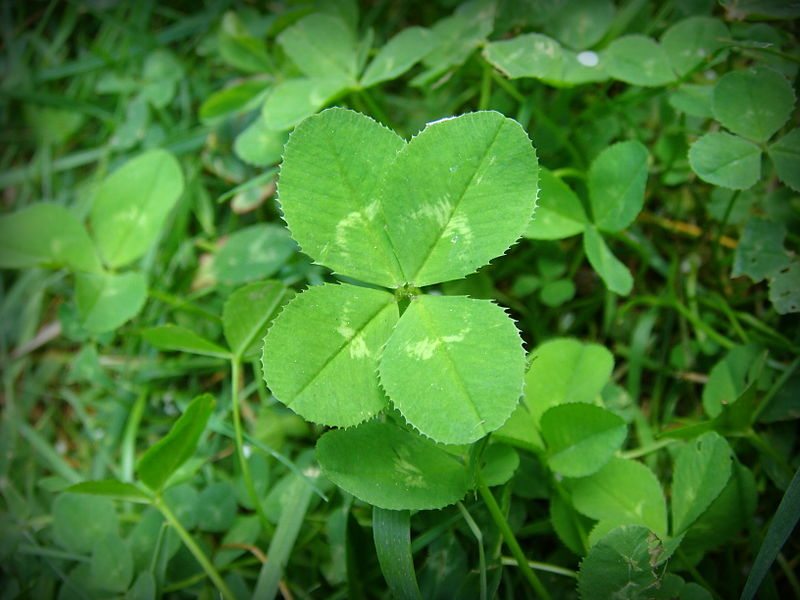Related Articles
Why the Shamrock is Good Luck
 Photo by Dave Nakayama
Photo by Dave Nakayama
It’s March! So, chances are you’ve started seeing shamrocks everywhere and not just at your local Irish pub. With St. Patrick’s Day on the way, we check out this traditional Irish symbol and ask why it symbolizes good luck and, better yet, how it became such an important part of Irish culture.
We call it the shamrock, but its real name comes from the Irish word seamrog which is an alternative word for clover or seamair. Lush emerald green in color, small in size and boasting three delicate leaves, the shamrock does, however, have a big history that goes back many, many hundreds of years. Before Irish pubs, long before St. Patrick’s Day and long before Saint Patrick himself, the early druids of Ireland believed that the shamrock held special powers — notably that it could detect bad spirits. According to the druids, the clover’s three heart-shaped leaves seemed to represent the idea of the triple goddess that was prevalent in Celtic mythology. According to this legend, each goddess could take three forms: A maiden, mother or wise woman. Furthermore, beyond the triple goddess, the tradition of honoring and respecting the number three was prevalent throughout Celtic culture as well. Just take, for example, the Triskel, a special druidic symbol featuring three spirals and the fact that the number three features heavily in a whole range of Celtic myths and legends. However, what about the shamrock’s link to Saint Patrick? Just as the Irish clover was important to the druids, early Irish Christians also found meaning and symbolism in the plant. First said to have been used by Saint Patrick, the patron saint of Ireland to illustrate the doctrine of the holy trinity, when he came to Ireland to Christianize the Irish, legend also has it that Saint Patrick also used the shamrock as a way to banish all the snakes from the Emerald Isle. As a result, the shamrock soon came to be seen as quite a holy plant. But then what about the lucky part? To that we owe the four-leaf clover and namely the fact that finding a four leafed clover is undisputedly a rare, if not lucky occurrence. And as for the shamrock’s link to Irish pride? Well, that has a lot to do with the history of the Irish rebellion and Ireland’s bid for independence from Great Britain. During the rule of Queen Victoria, the British monarch, wanting to suppress all Irish rebellion against the crown, made the wearing of a shamrock a capital offense and indeed displaying a shamrock on a military uniform even became a crime that could be punishable by death. This act gave the shamrock even greater meaning, almost sealing its fate as Ireland’s most beloved symbol. During the 19th century a combination of famine and oppressive rule meant that the Irish often looked for ways to assert their national identity and proudly display their heritage. As a result the shamrock began to be used decoratively on everything from churches, to furniture in an artistic movement that was named the Celtic revival. And it worked, because the shamrock remains a true emblem of Irish patriotism. Today, while the official symbol of the Irish Republic is the Irish harp, the shamrock can be found as the symbol for many national organizations including Aer Lingus, Ireland’s national airline. The four-leaf clover may be hard to come across, but one thing’s for sure, the traditional clover is a symbol that has truly endured. From pagan times to the dawn of Irish Christianity, from the burgeoning Irish nationalist movement to modern day art and commerce, the shamrock has remained a symbol of pride, hope and patriotism and that’s got to be lucky. Be sure to spread the luck this St. Patrick’s Day with these St. Patrick’s Day gift ideas.



















 Photo by
Photo by